Ever since the Biden administration’s Treasury Department signed the $430 billion Inflation Reduction Act (IRA) in August changing the availability of EV and plug-in hybrid (PHEV) incentives, there’s been a lot of confusion regarding which models classify as SUVs and which ones don’t, as this affects whether they qualify for up to $7,500 in federal tax credits.
The Basic Criteria Including MSRP Limits Explained
To start off, all electrified vehicles must be assembled in North America (…unless they’re being leased), have a battery capacity of at least 7kWh and a Gross Vehicle Weight Rating (GVWR) of under 14,000 pounds (6,350 kg). However, the IRA limits the MSRP depending on vehicle classification. And by MSRP, the Treasury means the base model regardless of how high the rest of the lineup goes – so if you get a top-end trim edition that exceeds that value, it still qualifies, as long as the entry-level model’s MSRP remains under the limit. SUVs and trucks can have a base MSRP of up to $80,000 to qualify, while cars, sedans and wagons are limited to a base MSRP of $55,000.
How The EPA / Government Classify Vehicles
Now it’s time to go down the rabbit hole of legal definitions and government regulations on vehicle classifications. To put it simply, it all comes down to how the EPA and therefore the government classifies vehicles and whether they’re considered a regular passenger automobile (i.e. cars, sedans, wagons), a work truck, a non-passenger automobile that covers various (but not all) pickups, SUVs and people-carriers (three rows or more), or a number of other heavy duty vehicle classifications such as tractors and trucks that are not of our concern here for the IRA’s EV tax incentives.
More: The Complete List Of Cars Eligible For The $7,500 EV And PHEV Federal Tax Credit
Keep in mind that the EPA / government classifications and regulations we explain below differ and often clash with those on the EPA’s Fueleconomy.gov website that are governed by separate rules and which are not applicable for the IRA EV tax credits. Confused much? Well, it gets worse, a lot worse.
The U.S. government follows the Electronic Code of Federal Regulations (eCFR) for vehicle classification. As mentioned before, SUVs and people carriers fall under the non-passenger automobile category (we know, that sounds counter-intuitive) as described in regulation 49 CFR Part 523.5 which states that these vehicles are not considered passenger automobiles or work trucks. Instead, they fall into one of two categories.
What Defines A Pickup Truck, Minivan, Van And People Carriers
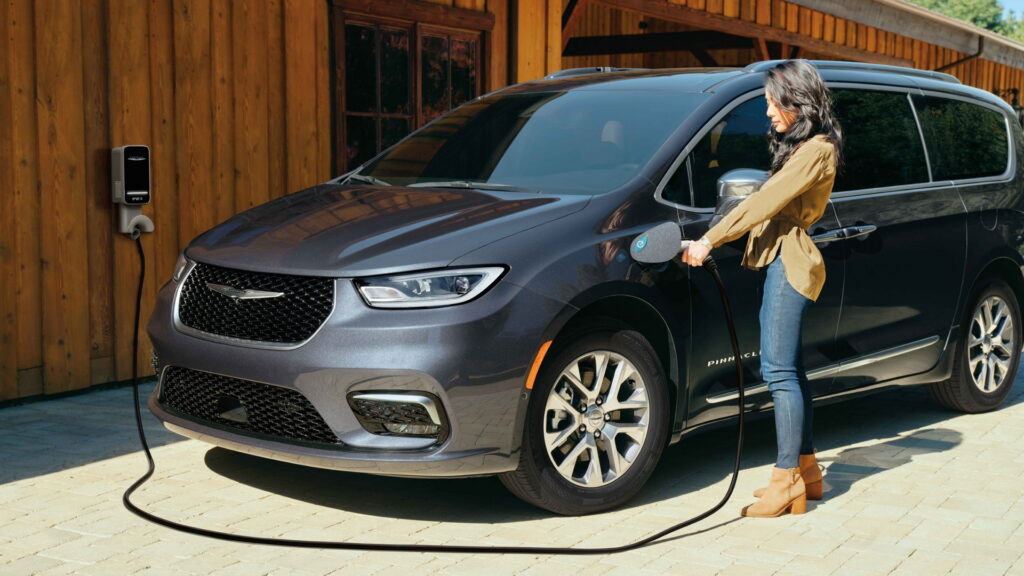
The first (somewhat loosely) covers regular pickup trucks, minivans, vans and people carriers with the regulations stating the vehicle must be designed to perform at least one of the following functions:
(1) Transport more than 10 persons;
(2) Provide temporary living quarters;
(3) Transport property on an open bed;
(4) Provide, as sold to the first retail purchaser, greater cargo-carrying than passenger-carrying volume, such as in a cargo van; if a vehicle is sold with a second-row seat, its cargo-carrying volume is determined with that seat installed, regardless of whether the manufacturer has described that seat as optional; or
(5) Permit expanded use of the automobile for cargo-carrying purposes or other nonpassenger-carrying purposes through:
(i) For non-passenger automobiles manufactured prior to model year 2012, the removal of seats by means installed for that purpose by the automobile’s manufacturer or with simple tools, such as screwdrivers and wrenches, so as to create a flat, floor level, surface extending from the forwardmost point of installation of those seats to the rear of the automobile’s interior; or
(ii) For non-passenger automobiles manufactured in model year 2008 and beyond, for vehicles equipped with at least 3 rows of designated seating positions as standard equipment, permit expanded use of the automobile for cargo-carrying purposes or other non passenger-carrying purposes through the removal or stowing of foldable or pivoting seats so as to create a flat, leveled cargo surface extending from the forwardmost point of installation of those seats to the rear of the automobile’s interior.
What Classifies As An Off-Road Vehicle Or SUV
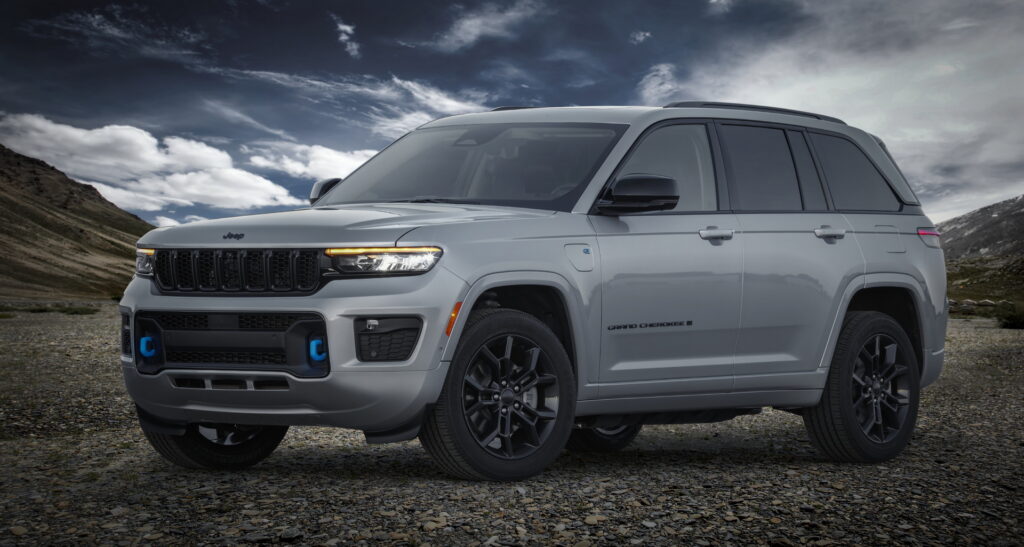
For an automobile to qualify as a Sports Utility Vehicle (SUV) or to be precise, an automobile capable of off-highway (off-road) operation, section b of 49 CFR § 523.5 stipulates that it must be either rated at over 6,000 pounds gross vehicle weight (GVWR) or have four-wheel drive and additionally meet at least four of the following five characteristics / criteria:
• An approach angle of not less than 28 degrees
• A breakover angle of not less than 14 degrees
• A departure angle of not less than 20 degrees
• A running clearance of not less than 20 centimeters (7.87402 inches)
• Front and rear axle clearances of not less than 18 centimeters (7.08661 inches) each
If you’re wondering, what manufacturers advertise as curb weight is different than the Gross Vehicle Weight Rating (GVWR) that’s being taken under account in these rules. In layman’s terms, GVWR is the maximum amount the vehicle can weigh on the road, with that number including the curb weight of the vehicle plus all occupants and their cargo (but not a trailer).
With that out of the way, let’s get into specifics and see why some models qualify and others don’t.
Why The VW ID.4 RWD Is Regarded A Car And The ID.4 AWD An SUV
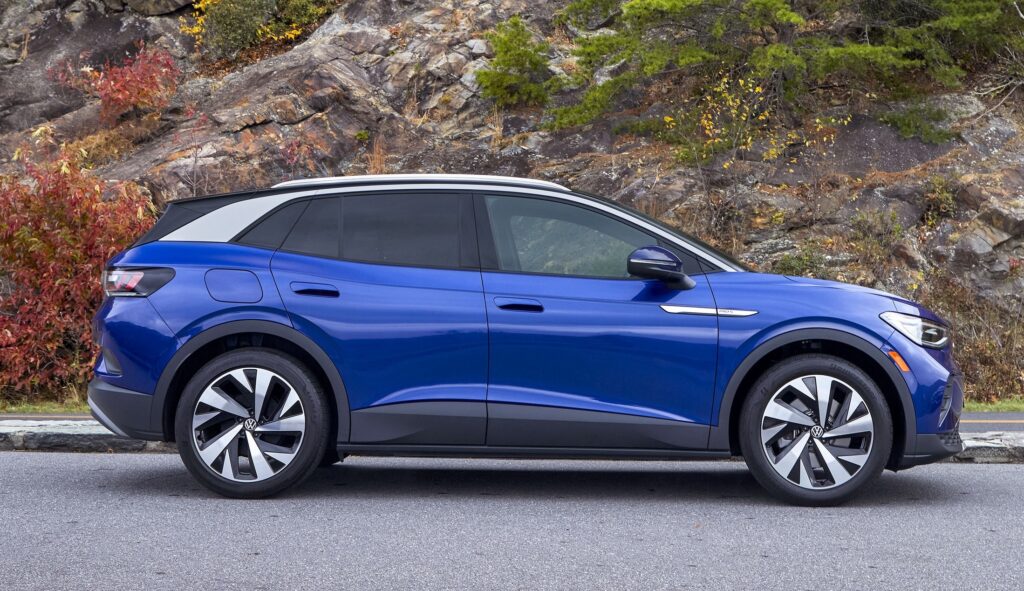
According to the regulations, the ID.4 RWD does not count as an SUV but the ID.4 AWD does. However, if we were to go by VW’s own public U.S. spec sheet, neither should qualify as an SUV!
According to the official press spec sheet, the 2023 ID.4 RWD model is listed with a ground clearance of 6.0 inches (153 mm), an approach angle of 17.3 and a departure angle of 21.0 degrees. The respective numbers for the ID.4 AWD are listed on the press spec sheet as 6.8 inches (173mm) ground clearance, 18.7 degrees approach angle, 20.2 degrees departure angle, and 18.3 breakover angle, which would mean it also fails in at least 2 of the 5 criteria and therefore should not classify as an SUV for the $80k MSRP limit.
However, after speaking with VW – and I should point out here that it was the only manufacturer and press spokesperson that promptly, precisely and knowledgeably responded to our queries, we learned that those figures listed on the press spec sheet are wrong. VW told us that the ID.4 RWD doesn’t classify as an SUV because it fails in at least two of the five criteria, including a lower ground clearance of around 7.8 inches (19.81 cm), while the AWD model does pass as it stands 8.2 inches (20.83 cm) above the ground while also meeting at least three more of the aforementioned criteria (we’re still waiting for those numbers).
Why The 7-Seater Tesla Model Y Qualifies For The $80k Limit But The 5-Seater Is Limited To $55k
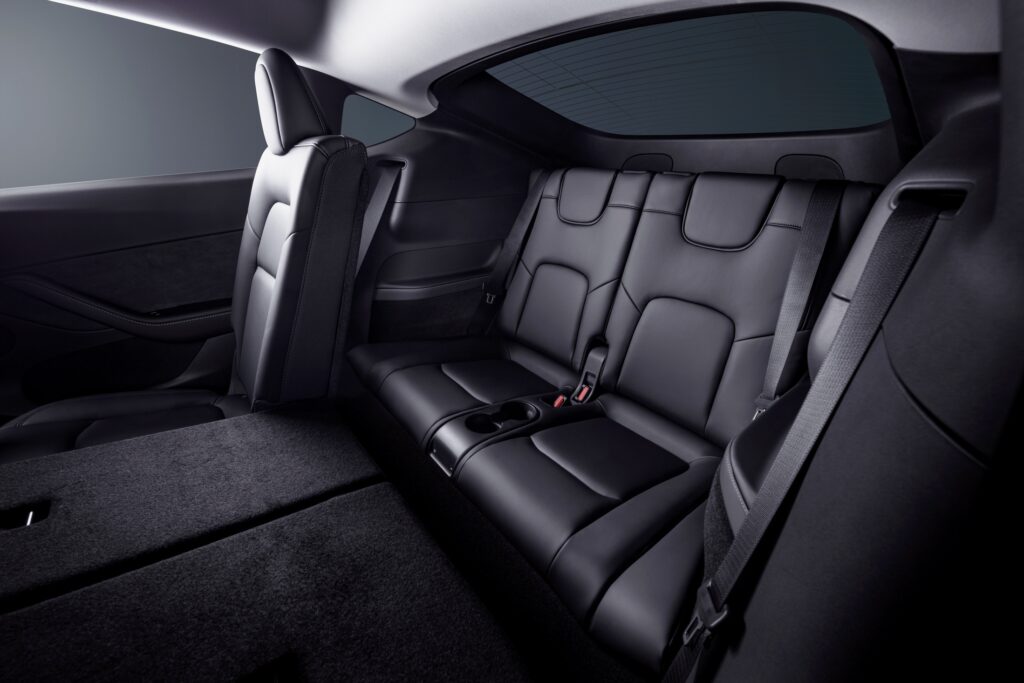
Many people, including Elon Musk himself, rushed to put the blame on the minimum GVWR of 6,000 pounds, but that’s not the case, as in reality, neither the 5-Seater nor the 7-Seater Model Y qualify as an SUV. While AWD makes them both eligible, they do not meet the 4 of the 5 criteria necessary to be classified as SUVs apparently failing in at least three requirements:
A) Ground clearance, as Tesla itself states that the Model Y Long Range has 6.8 inches (17.272 cm) and the Performance, 6.2 inches (15.748 cm).
B) and C) Approach and Departure Angles; while Tesla doesn’t communicate these numbers on the online manual (and they notoriously and chronically refuse to reply to any of our messages), MotorTrend states that the Long Range has an approach angle of 18.0 degrees and a departure angle of 17.0 degrees, both of which are well below the minimum requirement.
If they’re not SUVs then, how does the 7-seater get the $80k MSRP limit? The answer lies right in front us; it’s because the Treasury classifies it as a non-passenger automobile under section 523.5 (a) of Title 49 in the code of federal regulations due to the fact that it has three-rows of seats, just like the Chrysler Pacifica PHEV that’s eligible for the $80k MSRP.
A person familiar with the government regulations explained:
“The Model Y is not classified as an SUV under existing EPA regulations for CAFÉ standards (40 CFR 600.002). It is described as an SUV on FuelEconomy.Gov and for fuel economy labeling purposes (governed by EPA regulations at 40 CFR 600.315) due to the existence of the three-row model in addition to the two-row model. However, manufacturers are familiar with and utilize the existing CAFÉ regulations, independent of the fuel economy labeling standards.”
Why The Ford Mustang Mach-E And Cadillac Lyriq Don’t Count As SUVs
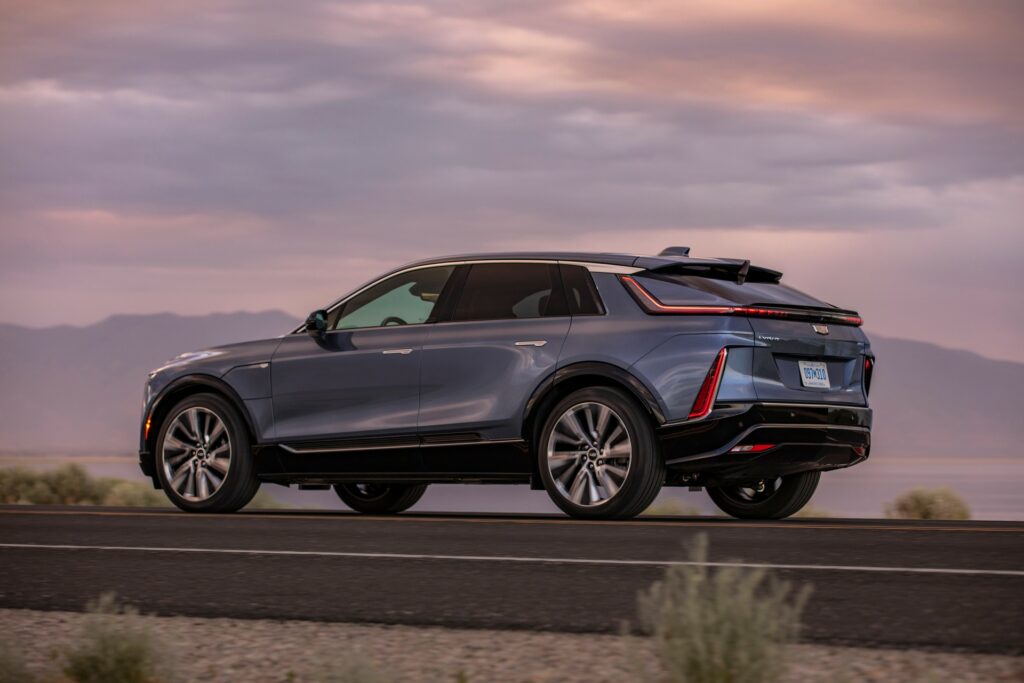
While Ford never responded to our email, we were able to find out why the Mustang Mach E isn’t classified as an SUV. Even though it is available with AWD, the Ford Mustang Mach-E fails to meet four of the five criteria as it has a ground clearance of between 5.3 and 5.7 inches (13.46 to 14.48 cm), and an approach angle of just 15.5 degrees (even though it’s departure angle of 25.7 degrees is well above the minimum).
While GM doesn’t publicly communicate all of these figures for the Cadillac Lyriq, a company spokesperson told us that they’re looking into it and will send the information over to us. If we were to guess, the Lyriq simply fails to meet 4 of the 5 required criteria such as ground clearance that is definitely under the 20 cm (7.87402 inches) limit at 177.78 cm (7.0 inches), but we’ll update with the rest once Cadillac gets back to us.
And with that, we’ve wrapped up the explanation to as why some vehicles that you, the consumer, as well as the manufacturers and even EPA’s fuel economy website, describe and consider SUVs, aren’t classified as such by the Treasury Department for EV incentive purposes.




